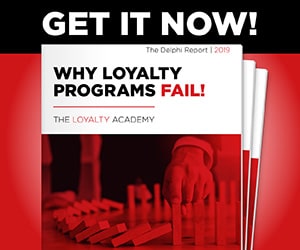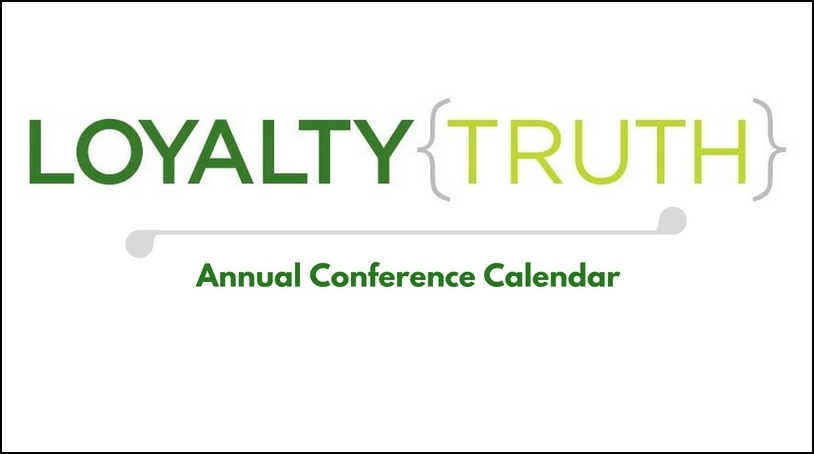After game 3 of the NBA Finals, a player from the Oklahoma Thunder launched a war of words against the undisputed star player from the Miami Heat. Thunder forward Serge Ibaka commented that Miami’s LeBron James “is not a good defender” adding “he can play defense for two to three minutes but not 48 minutes”. Delivering motivational statements for an opponent’s chalkboard has never been a winning strategy, and the next day Miami won again to take a commanding lead in the champtionship series. We’ll see how it turns out, but Mr. Ibaka, despite his high IQ and command of multiple languages, may have made a mistake.
On the same day as this basketball trash-talking was taking place, I read a blog post on the Harvard Business Review site titled “Why Loyalty Programs Can Be Bad for Business”. My first thought when I see titles like this is “what is the writer selling”? For the most part, loyalty-bashing is the domain of those who have other marketing agendas to advance, and they easily capitalize on the many poorly designed programs in the market to make their points.
In this case, the author is advancing new work on pricing strategies and probably considers a quick shot at loyalty marketing a convenient way to strengthen his case. The article stated “when you examine the strategic value and underlying costs of these programs, I’ve found that loyalty discounts are rarely necessary to close a deal, nor are they always highly valued by customer.” I must say that consumer research has consistently supported consumer interest in reward and recognition programs with even the growing Millennial generation showing continued interest in loyalty.
I acknowledge that loyalty programs can be expensive to operate, but the good ones are managed through disciplined analytical means to ensure that a net incremental contribution to profit results. In other words, the focus should be on measuring the ability to move the needle net of costs, rather than the cost itself.
We all have our biases and I surely have mine. I believe in the power of using data driven marketing strategy to achieve business results. I also believe that loyalty is not the only answer to many questions and that the models we put forth must change to address customer needs across an entire lifecycle of interaction, not just to “bribe for the next transaction”.
A few points in the blog post caught my attention and I share them here along with my comments.
- Giving something away for free as a gesture of thanks has become almost reflexive in business
- It has, but not just from the field of loyalty. Retailing has relied historically on untargeted promotions offering 20-40% off without knowledge of which customers take advantage of the offer, nor with any ability to control or measure the outcomes.
- Everyone else is offering them
- Mike Atkin, my colleague in the UK always reminds me that most of the world’s loyalty programs were invented in a competitor’s board room. This should be a consideration in forming a competitive response, not a driving force. Our experience shows that sometimes the ultimate design of a program should use the competition as a guide of “what not to do”.
- Where loyalty programs work: when products or services have little differentiation
- We’ve found one place of agreement here. Loyalty has traditionally held promise as a “tie-breaker” and Aimia’s recent Millennial research shows this maturing generation values loyalty programs highly. The wisdom for brands to position relationship above transaction and reward customers for long term participation is as valid as ever.
- There are many cheaper ways – which customers may appreciate more than discounts – to show gratitude
- This may be the most engaging point of the article, stimulating thought about new models for loyalty execution which fundamentally depart from legacy “points for spend” models. Imagine being able to positively influence consumer behavior through game-driven engagement layers or other means to achieve the results business is seeking while reducing reward cost by “tens of percentage points”.
The game of debating loyalty semantics is nearing the end of its useful life. It’s time to move the conversation about customer loyalty into the future and stop highlighting its weaknesses from the past.




